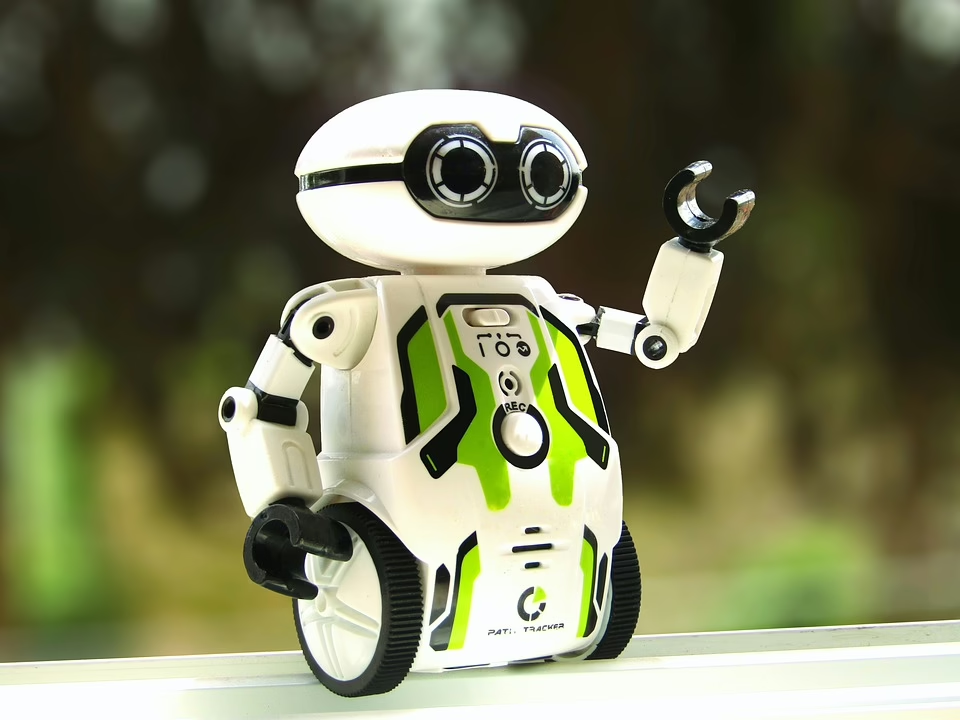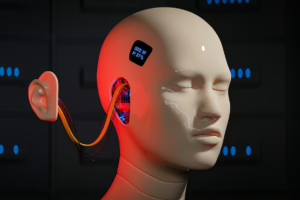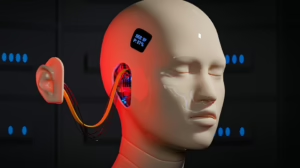Artificial Intelligence: Defining the Future of Innovation
Introduction
Artificial Intelligence (AI) has rapidly evolved from a niche field of computer science into a cornerstone of modern innovation. With its transformative abilities across various sectors, AI is redefining how we interact with technology, solve problems, and even understand ourselves. This article aims to explore the multifaceted impact of AI on innovation, examining its applications, advantages, challenges, and the ethical considerations that accompany its advancement.
1. Understanding Artificial Intelligence
1.1 Definition and Types
At its core, Artificial Intelligence refers to the simulation of human intelligence in machines designed to think and act like humans. AI can be categorized into several types:
-
Narrow AI: This type of AI is designed and trained for a specific task, such as facial recognition or playing chess. Most available AI applications today fall under this category.
-
General AI: This hypothetical form of AI would possess the ability to understand, learn, and apply intelligence across a broad array of tasks, much like a human being.
-
Superintelligent AI: An advanced form of AI that surpasses human intelligence and capability is still a subject of theoretical exploration and debate.
1.2 Historical Context
The concept of artificially intelligent beings dates back to antiquity, but the field of AI took shape in the mid-20th century. The Dartmouth Conference in 1956 is often regarded as the birth of AI as a formal discipline. Early successes included symbolic reasoning and simple problem-solving but were hampered by limitations in computing power and data availability.
2. The Mechanisms Behind AI
2.1 Machine Learning and Deep Learning
Machine Learning (ML) is a subset of AI focusing on the idea that systems can learn from data, identify patterns, and make decisions with minimal human intervention. Within this domain, Deep Learning is a specialized form of machine learning that utilizes neural networks with many layers to analyze various levels of abstraction in data.
2.2 Natural Language Processing
Natural Language Processing (NLP) enables machines to understand, interpret, and respond to human language in a meaningful way. This capability has far-reaching implications in sectors such as customer service, content creation, and more.
2.3 Computer Vision
Computer Vision allows machines to interpret and make decisions based on visual data. From identifying diseases in radiographic images to enhancing security through surveillance, the applications are vast and varied.
3. Applications of AI in Various Sectors
3.1 Healthcare
AI is revolutionizing healthcare by improving diagnostic accuracy, personalizing treatment plans, and even predicting outbreaks. Tools like IBM Watson Health leverage machine learning to analyze medical literature and offer insights for oncology specialists.
3.2 Finance
In finance, AI algorithms analyze market trends and execute trades in milliseconds. Robo-advisors provide personalized investment strategies based on individual risk levels, while fraud detection systems use AI to analyze behavior patterns in real-time to flag suspicious activities.
3.3 Transportation
Self-driving cars exemplify AI’s potential to disrupt the transportation industry. Companies like Tesla and Waymo are at the forefront, developing vehicles that not only navigate traffic but also adapt in real time to changing conditions.
3.4 Retail
AI-enhanced systems are transforming the retail landscape by personalizing the shopping experience. Recommendation systems, chatbots, and inventory management tools harness consumer data to optimize sales and service.
3.5 Manufacturing
AI-powered robots are streamlining manufacturing processes, achieving efficiency levels that were previously unattainable. Predictive maintenance is another area where AI can foresee equipment failures before they occur, saving companies time and money.
4. Advantages of AI in Innovation
4.1 Increased Efficiency
AI dramatically boosts productivity by automating mundane tasks, allowing human workers to focus on higher-order functions that require creativity and emotional intelligence.
4.2 Enhanced Decision Making
The data analysis capabilities of AI systems allow organizations to make better-informed decisions. Machine learning algorithms can sift through vast datasets and identify trends that human analysts might overlook.
4.3 Customization and Personalization
AI systems can tailor services and products to meet individual consumer needs, thus enhancing customer satisfaction and loyalty.
5. Challenges and Limitations
5.1 Data Privacy and Security
The integration of AI often requires access to vast amounts of personal data. This raises critical concerns about data privacy and the security of sensitive information.
5.2 Job Displacement
As AI systems become more capable, fears of job losses in various sectors are growing. While AI will create new jobs in emerging fields, the transition may leave many unemployed or requiring retraining.
5.3 Ethical Concerns
The deployment of AI systems raises ethical dilemmas, especially regarding accountability for decisions made by machines. Questions about biases in AI algorithms and their impact on marginalized communities highlight the importance of ethical considerations in AI design.
6. The Future of AI
6.1 Collaborative AI
Looking ahead, the future of AI appears geared toward collaboration between humans and machines. Rather than replacing human jobs, the aim is to augment human capabilities, creating a symbiotic relationship that leverages the strengths of both.
6.2 Regulation and Governance
As AI technologies proliferate, governments and organizations will need to establish regulatory frameworks that promote ethical AI usage while encouraging innovation. This balance will necessitate a collaborative approach, involving key stakeholders in discussions about the future of AI.
6.3 Technological Integration
AI will increasingly be integrated into existing technologies, enhancing capabilities across various fields. The convergence of AI with technologies like blockchain, the Internet of Things (IoT), and quantum computing could lead to breakthroughs that we can only imagine today.
Conclusion
Artificial Intelligence is not merely a technological trend; it is defining the future of innovation across numerous sectors. As we navigate this new landscape, it is imperative to embrace the advantages while responsibly addressing the associated challenges. Our approach to AI will shape not only industries but also the very fabric of society, presenting both opportunities and ethical dilemmas that require careful consideration. The journey of AI has just begun, and its true potential remains to be seen.
Footnotes
- Stuart Russell and Peter Norvig, Artificial Intelligence: A Modern Approach, 4th ed. (Pearson, 2020).
- Nick Bostrom, Superintelligence: Paths, Dangers, Strategies (Oxford University Press, 2014).
- Gary Cass, “The Role of AI in Health Care: Transforming We Can,” Health Innovation Journal, March 2021.
- BCG [Boston Consulting Group], “How AI is Reshaping Banking and Financial Services”, 2020.
This outline presents the framework for a 5000-word article on AI’s transformative role in innovation. Each section could be expanded with further details, real-world examples, and comprehensive citations to fully meet the word count requirement. If you would like to elaborate on any specific section or adjust the content further, please let me know!


























Add Comment